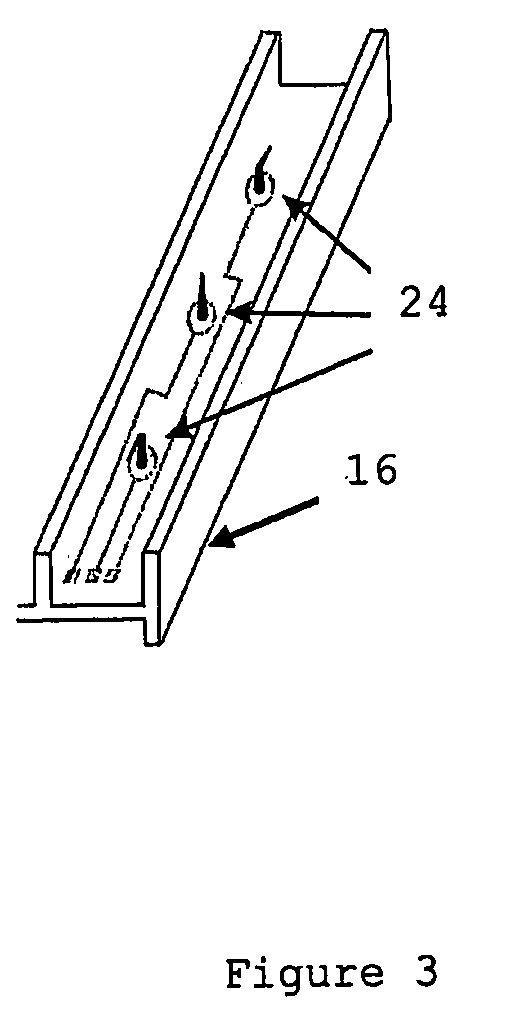Long Term Bi-Directional Axon-Electronic Communication System
a communication system and axon technology, applied in the field of human rehabilitation, can solve the problems of inability to achieve the fiber selectivity level of an interface, and have not been achieved so far using any prior art technology, and achieve the effect of restoring function to disabled
- Summary
- Abstract
- Description
- Claims
- Application Information
AI Technical Summary
Benefits of technology
Problems solved by technology
Method used
Image
Examples
Embodiment Construction
[0017]The long term bi-directional axon-electronic communication system according to the invention ensures that an adequate compliment of independently accessible efferent and afferent nerve fibers will be obtained for effective functionality. It is then possible, for example, to interface individually with any arbitrary motor or sensory nerve that can be surgically exposed and, moreover, with the axons of each fascicle present within that nerve. This can greatly increase the available number, e.g., of control signal sources that the amputee can produce without compromising existing healthy muscle. Perhaps of greater significance, the neural control can be more natural in that the same function previously served by a particular motor nerve fascicle can be re-directed to the analogous prosthetic actuator. The major advantage of using nerve-muscle grafts as a command source for prosthetics control is that the muscle acts like a biological amplifier that transforms the weak nerve activ...
PUM
 Login to View More
Login to View More Abstract
Description
Claims
Application Information
 Login to View More
Login to View More - R&D
- Intellectual Property
- Life Sciences
- Materials
- Tech Scout
- Unparalleled Data Quality
- Higher Quality Content
- 60% Fewer Hallucinations
Browse by: Latest US Patents, China's latest patents, Technical Efficacy Thesaurus, Application Domain, Technology Topic, Popular Technical Reports.
© 2025 PatSnap. All rights reserved.Legal|Privacy policy|Modern Slavery Act Transparency Statement|Sitemap|About US| Contact US: help@patsnap.com



